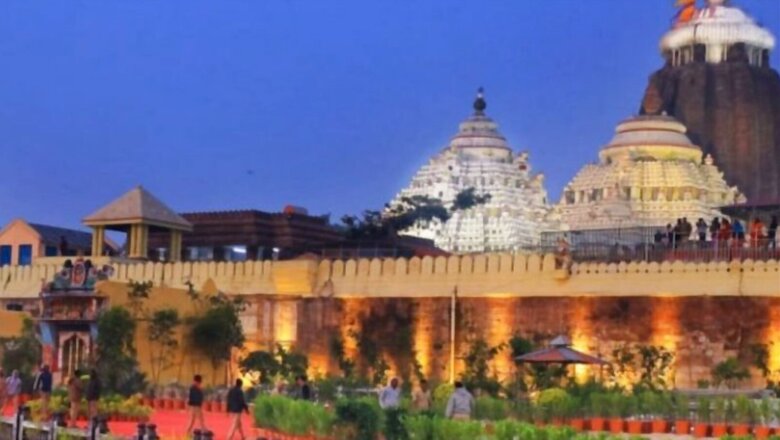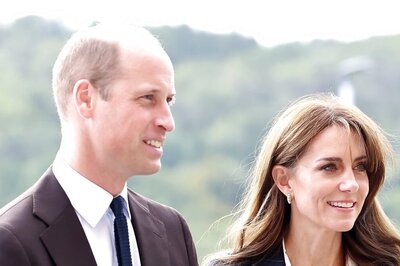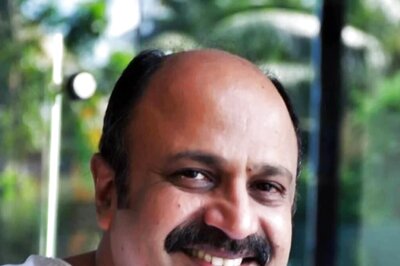
views
The Supreme Court on Friday rejected petitions challenging construction work carried out by the Odisha government at the famed Jagannath Temple in Puri, saying basic facilities such as toilets and cloak rooms were necessary for lakhs of devotees as well as tourists visiting the site. The top court also said such PILs, instead of being in public interest, were “detrimental to public interest at large”.
Close to 60,000 people visit the temple every day and there was a need for more toilets. Dismissing the PILs (public interest litigation), a vacation bench of Justices BR Gavai and Hima Kohli said the state government cannot be prevented from providing basic amenities necessary to accommodate those visiting the temple. Calling them “publicity interest litigations”, the bench took exception to the filing of frivolous PILs.
The top court said the construction work was being done on the directions of a three-judge bench of this court in the case of Mrinalini Padhi. “The construction is being carried out for the purpose of providing basic and essential amenities like toilets for men and women, cloak rooms, electricity rooms etc. These are the basic facilities which are necessary for the convenience of the devotees at large,” it said.
The bench further said, “In the recent past, it is noticed that there is mushroom growth of public interest litigations. However, in many of such petitions, there is no public interest involved at all. The petitions are either publicity interest litigations or personal interest litigation. We highly deprecate the practice of filing such frivolous petitions. They are nothing but abuse of the process of law. They encroach upon a valuable judicial time…”
Recalling the uproar over the construction being contrary to an inspection conducted by the Archaeological Survey of India (ASI), the SC said the ASI director general had now cleared the position.
“It would further be relevant to note that the high court itself has recorded the statement of the advocate general for state of Odisha that both the ASI and the state government would work together to ensure that no archaeological remains are missed out or damaged,” the bench said, adding, “we are of the considered view that the public interest litigation filed before the high court rather than being in public interest, is detrimental to the public interest at large.”
The petitioners had submitted that no construction can be carried out in the prohibited area or the regulated area and reconstruction, repair, renovation of the existing buildings has been excluded from the definition under the Ancient Monuments and Archaeological Sites and Remains Act, 1958. The plea had been filed by Ardhendu Kumar Das and Sumanta Kumar Ghadei, both followers of Jagannath, alleging illegal excavation and construction work by the Odisha government.
The petition claims that the construction carried out by the state government is in violation of Section 20A of the Ancient Monuments and Archaeological Sites and Remains Act, 1958. It stated that the government is carrying out unauthorised construction work, which poses a serious threat to the ancient temple’s structure.
Appearing for the petitioners, senior advocate Mahalakshmi Pavani, had said there was a clear embargo and there could be no construction in the prohibited area.
“They (state government) did not even take permission to construct in the regulated area,” she had submitted. She had said the state government got a no objection certificate from the National Monuments Authority (NMA) and went ahead. She said the NMA could not have granted a valid certificate and this is something only the director of archaeology in the central or the state government can do.
To this, advocate general for Odisha Ashok Kumar Parija had submitted that under the Ancient Monuments and Archaeological Sites and Remains Act, the authority is the NMA, and the competent authority has been notified to be the state government’s director culture.
“Construction does not mean repair or remake existing structures or clean the sewage, drains etc. This is how it is understood and DG ASI also understands the same way. Grant of permission was by director culture… the director culture of the government of Odisha is the competent authority. What was prohibited within 100 metres was construction. The concept plan of the state aims to provide amenities and beautify the temple,” he had said.
(With PTI inputs)
Read all the Latest India News here




















Comments
0 comment